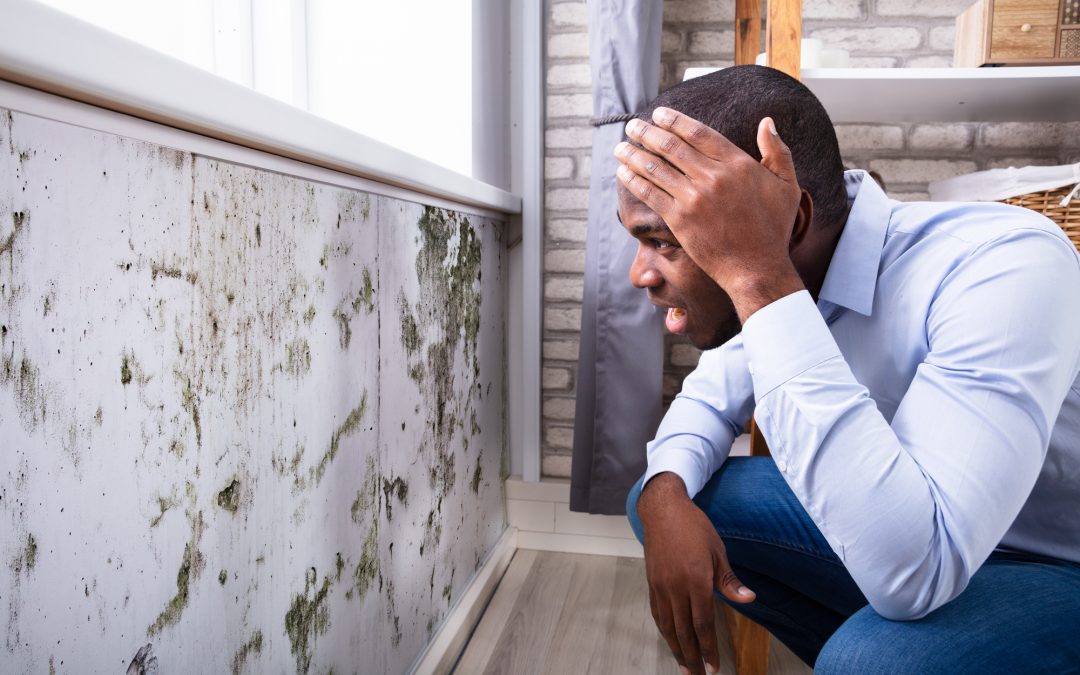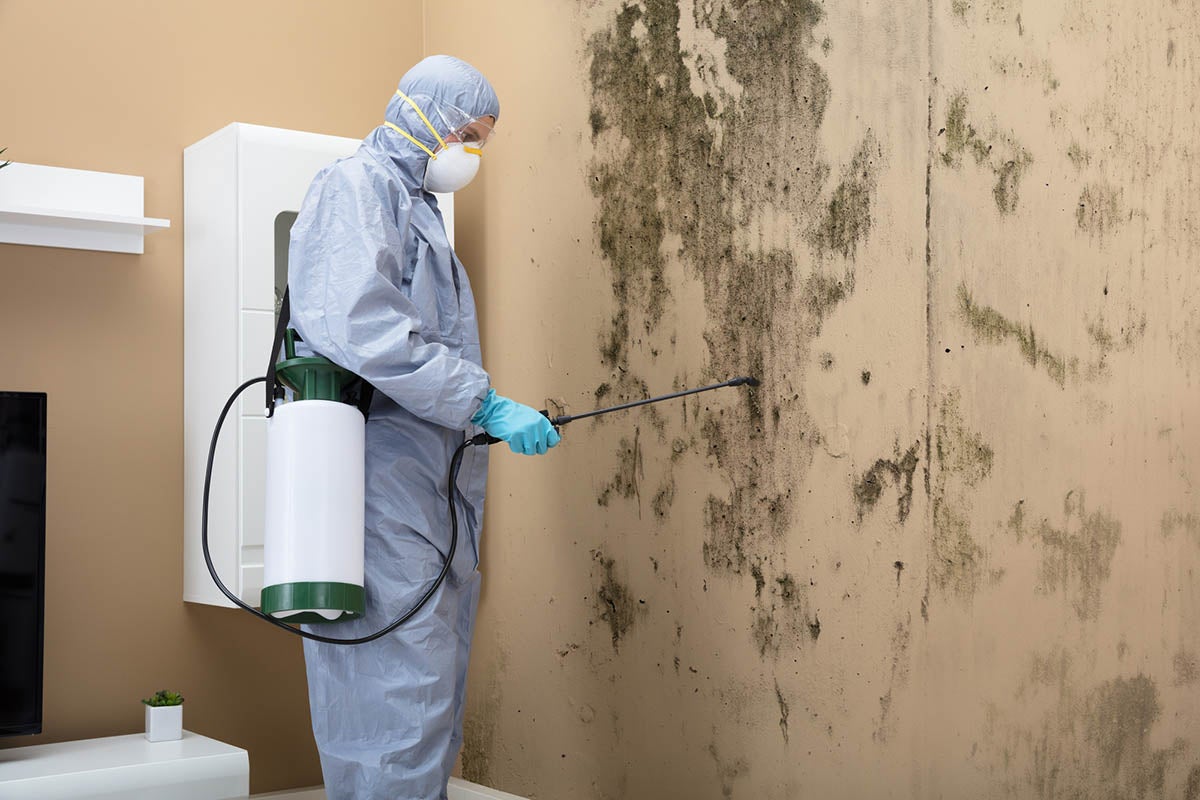After Mold Remediation Approaches for Tidy Areas
After Mold Remediation Approaches for Tidy Areas
Blog Article
Specialist Tips for Post Mold And Mildew Remediation Success
In the world of mold and mildew remediation, efficiently eliminating mold is just half the fight; the true difficulty hinges on preventing its reappearance. Post-remediation efforts play an essential function in making sure a mold-free environment in the long term. By adhering to skilled pointers and best methods, people can safeguard their spaces versus mold revival and maintain a healthy and balanced indoor setting. It remains in this phase of the removal procedure that attention to information and positive steps really make a difference.
Screen Humidity Degrees Consistently
After completing mold remediation procedures, keeping optimal moisture levels is vital to prevent mold re-growth and make sure a healthy and balanced interior setting. High humidity degrees over 60% create a favorable environment for mold to grow, making regular keeping an eye on a proactive procedure to prevent any type of future mold issues.
Utilizing hygrometers or dampness meters can assist in accurately measuring moisture degrees in various areas of the building. These tools give real-time information that enables remediation professionals to make informed decisions relating to air flow, dehumidification, and other necessary actions to preserve suitable moisture degrees post-remediation. Furthermore, establishing a routine schedule for humidity checks, especially in risky areas such as washrooms, cellars, and kitchens, is a positive technique to mold prevention. By constantly keeping track of humidity degrees, homeowner can efficiently reduce the risk of mold and mildew reoccurrence and preserve a healthy interior atmosphere post-remediation.
Conduct Thorough Inspections Post-Remediation
Complying with the completion of mold and mildew remediation treatments, it is crucial to conduct detailed evaluations to confirm the performance of the remediation process. These post-remediation examinations are important in making certain that the mold and mildew issue has actually been successfully addressed which there is no reappearance or continuing to be mold and mildew development. Inspections should be executed by qualified experts who have competence in determining mold and mildew and examining interior air top quality.
Throughout these examinations, various techniques such as visual evaluations, air sampling, and surface area sampling might be utilized to completely review the remediated locations. Aesthetic assessments entail a detailed inspection of the properties to look for any kind of noticeable indicators of mold development or water damages. Air tasting helps in establishing the air-borne mold spore degrees, while surface area tasting can identify mold and mildew fragments on surface areas.
Implement Appropriate Air Flow Approaches
After ensuring the effectiveness of the mold and mildew removal procedure with extensive evaluations, the next important step is to concentrate on implementing proper air flow approaches. Ample ventilation is crucial in preventing mold reoccurrence by controlling wetness degrees and advertising air circulation. To achieve this, it is recommended to make use of exhaust followers in areas prone to high moisture, such as kitchens and shower rooms. Furthermore, opening doors and windows when weather condition permits can assist boost air movement and decrease dampness accumulation. Air dehumidifiers and cleansers are likewise important tools in maintaining optimal indoor air high quality.
Proper air flow not just aids in stopping mold development however additionally contributes to the general wellness and convenience of residents. By making certain adequate air flow throughout the building, you can decrease the danger of mold and mildew regrowth and develop a much healthier living environment. Regular maintenance of ventilation systems, consisting of cleaning and filter replacements, is vital to maintaining efficient ventilation. Consulting with heating and cooling specialists can supply further understandings right into optimizing air flow strategies for your certain building demands.

Usage Mold-Resistant Products for Repair Works
To boost the long-lasting effectiveness of mold and mildew removal initiatives, integrating mold-resistant products for repairs is important in reducing the threat of future mold development. Mold-resistant materials are designed to stand up to moisture and hinder mold development, making them a vital option for locations susceptible to wetness and humidity. When repairing areas affected by mold, using materials such as mold-resistant drywall, mold-resistant paints, and mold-resistant caulking can aid prevent mold reappearance.
Mold-resistant drywall is a superb choice to traditional drywall in areas like a fantastic read cellars and restrooms where moisture levels are greater. This kind of drywall has a special finishing that stands up to mold and mildew growth even when exposed to damp problems. In addition, using mold-resistant paints containing antimicrobial representatives can further inhibit mold and mildew growth on wall surfaces and ceilings.
In areas where moisture is usual, such as bathroom and kitchens, using mold-resistant caulking around sinks, bathtubs, and home windows can assist secure out water and avoid mold and mildew from holding in splits and crevices. By buying these mold-resistant materials throughout repair services post-remediation, you can considerably minimize the possibility of future mold and mildew problems and maintain a healthier interior atmosphere.
Maintain Tidiness and Address Water Issues
After mold remediation, it is crucial to keep a tidy atmosphere to avoid the regrowth of mold and mildew. Leaks, water breach, or high humidity degrees can develop the perfect breeding ground for mold and mildew, so it is necessary to deal with any water-related issues immediately.
To preserve tidiness, think about utilizing HEPA filters in vacuum cleaners and air cleansers to catch mold and mildew spores and stop their blood circulation airborne. In addition, ensuring proper ventilation in areas prone to moisture buildup, such as cooking areas and bathrooms, can help maintain moisture degrees in check. By staying alert regarding cleanliness and addressing water issues quickly, you can successfully protect against mold reinfestation and keep a healthy and balanced interior environment.
Final Thought

In the world of mold remediation, successfully eradicating mold is only half the fight; the true challenge lies in avoiding its reappearance. After completing mold and mildew remediation treatments, preserving ideal moisture degrees is important to stop mold and mildew re-growth and make sure a healthy interior setting. High moisture degrees over 60% produce a favorable setting for mold and mildew to grow, making normal keeping an eye on an aggressive action to prevent any future mold problems.
To enhance the long-lasting effectiveness of mold and mildew removal efforts, including mold-resistant materials for repair services is important in reducing the risk of future mold development. After mold and mildew removal, it read is critical to maintain a clean environment to prevent the regrowth of mold and mildew.
Report this page